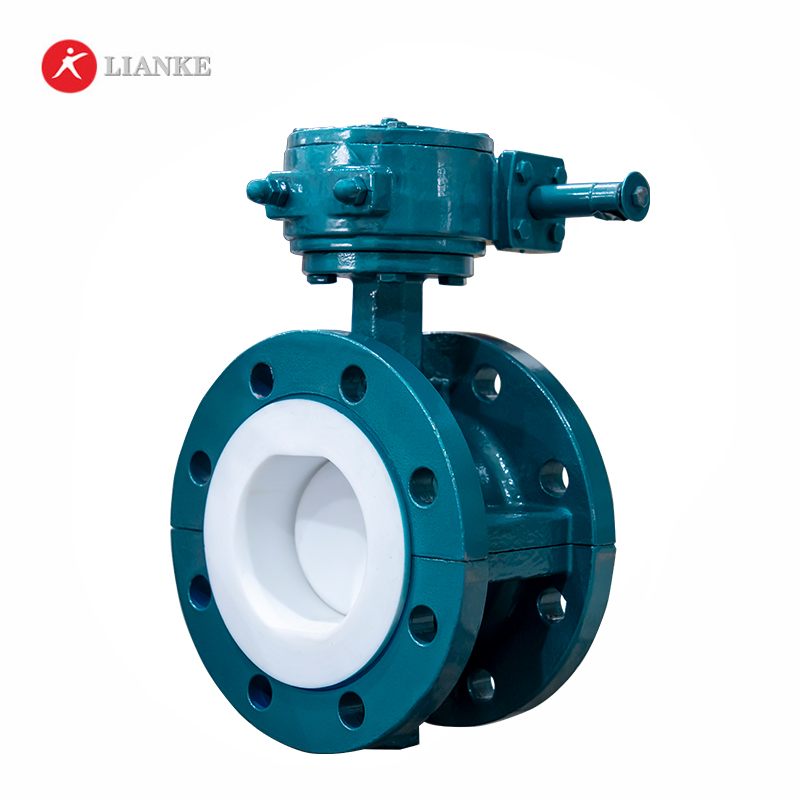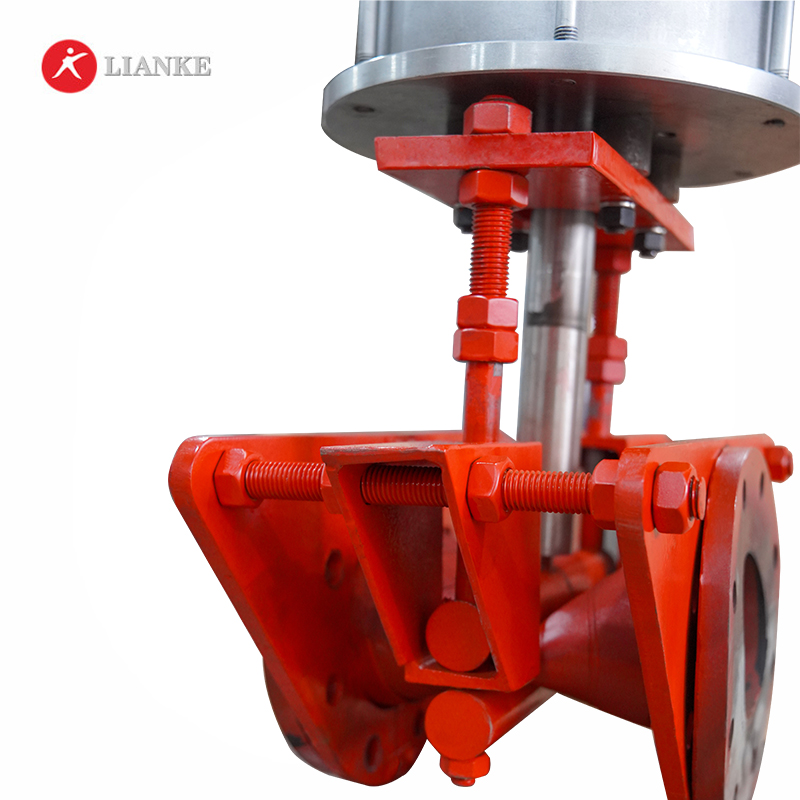

Bag filter housings are commonly used in industries to eliminate particulates from liquids without compromising the industrial process. However, structures that are designed to hold a filter bag, which acts as the barrier, are also specialized tools for contaminated particle collection.
Especially in industrial applications, bag filter housing systems need to be well-understood as they are of critical importance to product quality and equipment life. If you are operating water treatment, chemical, and manufacturing facilities, do not hesitate to consider a Lianke Valve as it is one of the most reliable manufacturers with a wide range of filtration solutions.
The parts of a bag filter housing mainly consist of the following:
Construction materials are equally important for the efficiency as well as sustainability of the house. Stainless Steel, having grades 304SS and 316SS, appears as one of the top materials owing to its corrosion resistance, mechanical properties, and long life.
The functioning of the bag filter housing is quite simple but effective in most cases. When the liquid enters through the inlet, it has to pass through the filter bag, which holds the dirt and allows the cleaned fluid to be discharged through the outlet. The housing unit ensures that the entire process is done in a safe, leak-free manner to enhance filtration and area efficiency.
When bag filter housing is selected, some parameters should be kept in mind:
The industrial strain filtration market has distinct types of bag filter housing systems, each having its own unique application and requirements.
Single-bag filter housings show the highest occurrence in industrial applications. This system consists of a simple construction in which a single filter bag is located in a housing unit. Its design is very simple, and hence it is suitable for small-scale operations and processes that require infrequent maintenance.
For processes where flow rate and filter area must be increased, multi-bag filter housing systems are an attractive solution. These systems can place a lot of filter bags in one housing, which results in a growth of filtration area and processing capabilities.
Choosing between a top-entry design (D-type) and a side-entry configuration (C-type) is influenced by the application factors:
Top Entry (D-type) Features:
Side Entry (C-type) Advantages:
Bag filter housing systems can be effectively used in various industries, including:
Timely maintenance of the bag filter housing systems is vital for proper functioning and durability of such equipment. Based on the valuable experience gained from the market, Lianke Valve Industrial Filtration recommends particular maintenance practices to be followed to avoid loss of filtration range.
A systematic approach to maintenance should include:
Being able to recognize and tackle common issues can help in avoiding system breakdown and touching the parameters to the required ranges. For example, sealing surfaces and bags, and the pressure of the system should always be observed.
For purchasing a bag filter housing system, it might be a good idea to do so with the help of an established manufacturer like Lianke Valve. Their wide range of strainers and filtration units ensures a balance in particles and their system.
Replacement frequency varies as per the application, amount of the contaminating agents, and the number of pressure differentials. Follow the drops in pressure to value replacement with time to provide the best bears.
For higher-temperature operations, it is advisable to use stainless steel housings with appropriate high-temperature filter bags.
Yes, if properly specified with proper construction materials and compatible filter media.
The implementation of the right bag filter housing system in various industrial filtration processes is very essential. Any system can be optimally chosen based on fluid properties, operating conditions, and maintenance issues.
If you are looking for high-quality filtration and expert advice on implementing it, consider visiting Lianke Valve website Lianke Website. Their extensive experience in the industry and quality of products will guarantee you find the best filtration for your needs.

Your valve is leaking because something has gone wrong with its sealing system. Maybe the seals are worn out after years of service. Perhaps debris is stuck between critical surfaces. Or it could be that improper installation created misalignment from the beginning. These common problems prevent the valve from achieving perfect closure when you need […]

Valve Flow Coefficient (Cv) is a measure of a valve’s capacity to allow liquid or gas to flow through it. It’s technically defined as “the volume of water at 60°F (in US gallons) that will flow through a valve per minute with a pressure drop of 1 psi across the valve.” You calculate Cv by […]

When selecting the right valve for industrial applications, understanding pressure and temperature ratings is crucial. Many professionals in the field struggle with terms like Class, Rating, and PN, which can lead to costly mistakes if misunderstood. This guide will help you understand these concepts so you can select valves with confidence. What Do Pressure Units […]

The main difference between plastic and elastomer comes down to flexibility and shape retention. Plastics are rigid or semi-rigid. Once they bend or break, they don’t bounce back. Elastomers are flexible. They stretch, twist, or compress and return to their original shape. Below, we’ll take a closer look at how these materials differ and the conditions […]



